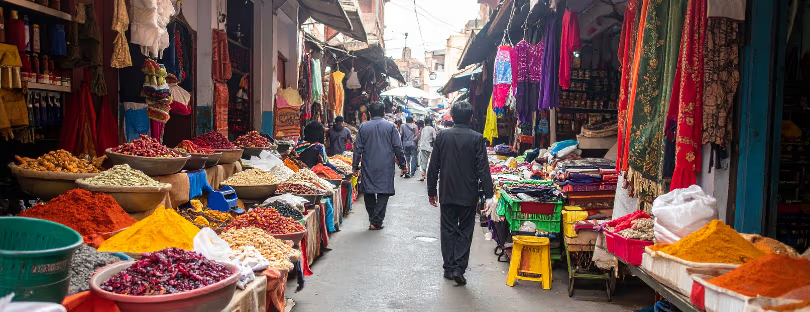
MobiMatter Spotlights How eSIMs Are Redefining Travel Connectivity in Asia
MobiMatter Ltd, an Abu Dhabi-based digital marketplace specializing in gIobal eSIM solutions, has unveiled new insights into how eSIMs are reshaping the way international travelers stay connected across Asia. Known for aggregating offers from verified carriers in more than 190 countries, MobiMatter positions itself as a one-stop hub for affordable and flexible mobile data.
From China’s tightly regulated mobile ecosystem to the Philippines’ archipelagic connectivity challenges, the company argues that eSIMs are now a practical answer to one of travel’s biggest pain points: reliable, affordable internet access.
China: A Giant with Complex Rules
With over 1.6 billion mobile connections and the world’s fastest-growing 5G rollout (GSMA Intelligence, 2025), China is unmatched in mobile scale. But for travelers, the landscape is far from straightforward. Regulations often complicate SIM card registration, and access to Western apps is restricted behind the Great Firewall.
MobiMatter points to its China eSIM options as a way around these hurdles. Instead of queuing at airports or navigating registration bureaucracy, travelers can install a plan digitally and connect instantly. That means access to both local infrastructure and secure channels to international services—critical when so much everyday activity in China revolves around WeChat, Alipay, and other domestic super-apps.
The Philippines: Connectivity Across 7,000 Islands
Shift the focus south and the challenges look very different. The Philippines, with its 7,000+ islands, has steadily expanded 4G LTE and is gradually layering in 5G across major cities. For tourists in Manila or divers in Palawan, connectivity gaps used to mean juggling multiple SIM cards.
Here, Philippines eSIMs come into play. Digital plans can be activated before travelers even land, ensuring they’re connected in hotspots like Cebu, Boracay, or Davao. Pricing tends to be competitive, and the data allowances are generous—appealing not just for vacationers but also for remote workers setting up longer stays.
Asia’s Wider eSIM Shift
The adoption of eSIM-only devices (including Apple’s latest iPhone line) is accelerating across the region. According to Juniper Research (2025), the number of eSIM-enabled smartphones in Asia-Pacific will more than double by 2027. That’s pushing marketplaces like MobiMatter, Airalo, and Nomad to scale aggressively with localized offers.
Unlike traditional roaming, which often leaves travelers with bill shock, these eSIM marketplaces focus on upfront transparency—clear data caps, prepaid pricing, and instant activation. Airalo, for example, emphasizes global bundles that cut across borders, while MobiMatter leans on its curated marketplace with more than 190-country coverage through verified carriers.
Why This Matters for Travelers
The real story here isn’t just convenience—it’s how eSIMs are redefining the economics of travel connectivity. A decade ago, international roaming was one of the telecom industry’s most profitable traps. Today, with platforms like MobiMatter competing against Airalo, Nomad, and Bnesim, the balance is shifting in favor of the traveler. Prices are dropping, flexibility is rising, and the choice of plans is broader than ever.
Reliable connectivity is no longer a luxury—it’s the foundation for navigating destinations, handling payments, streaming content, and staying safe. As eSIM adoption spreads in Asia, it’s clear that the companies that succeed will be those that blend local compliance expertise with global reach.










